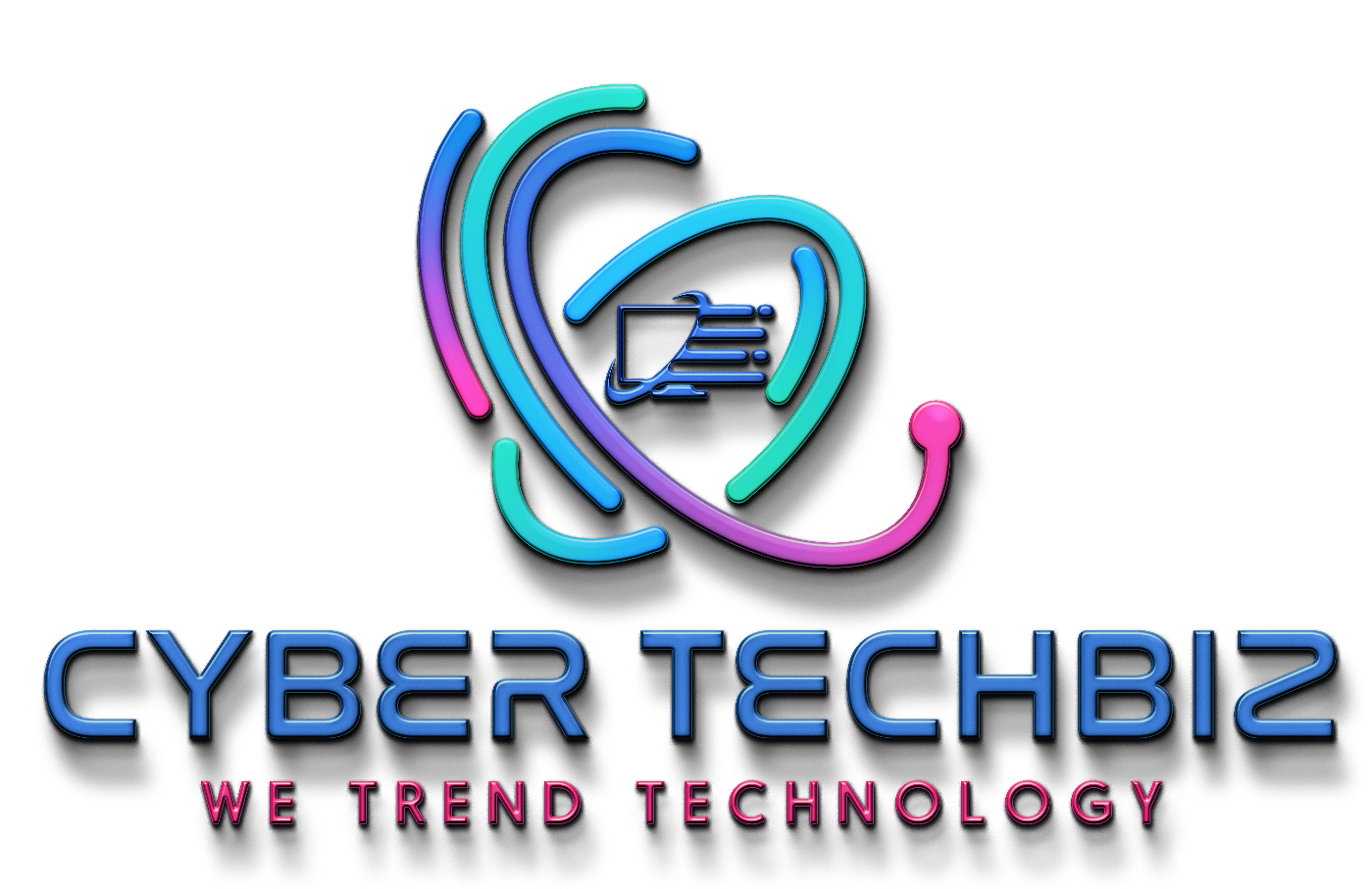T-Mobile‘s direct-to-cell service, which transmits signals in locations unreachable by cell towers, officially rolled out in beta in February. It’s free for all T-Mobile, AT&T, and Verizon customers until July, which is when a public deployment is expected.
Kapoor revealed that hundreds of thousands of customers have registered for the Starlink beta. And, surprisingly, non-T-Mobile customers accounted for half the sign-ups.
It was great because half the customers that signed up for that were actually non-T-Mobile customers. So we’re getting a lot of interest from our competitors.
Ankur Kapoor, T-Mobile‘s Chief Network Officer, March 2025
The service will remain free for T-Mobile customers on Go5G Next, Go5G Business Next, and some other premium plans. T-Mobile customers on other plans will be charged $15/month per line, though those who registered for the beta will pay a discounted rate of $10.
For now, only messaging is supported, and there are some signs that the FCC’s relaxation of rules might accelerate the addition of voice service. Data service is also not that far off, but video support is not expected anytime soon, with Kapoor making it clear that watching a video on a non-terrestrial network is a distant reality for now.
Similarly, data service will be stripped down and low-impact. The primary focus for the company right now is messaging and voice applications.
Ankur Kapoor, T-Mobile‘s Chief Network Officer, March 2025
We think we can actually solve that customer pain point. The technology needs to advance a lot, but we think we have the best partner in the industry on that with SpaceX.
Ankur Kapoor, T-Mobile‘s Chief Network Officer, March 2025
However, since the vision right now is to eliminate dead zones and serve areas where there are no cellular signals, such as hiking spots, the limitations don’t matter.

